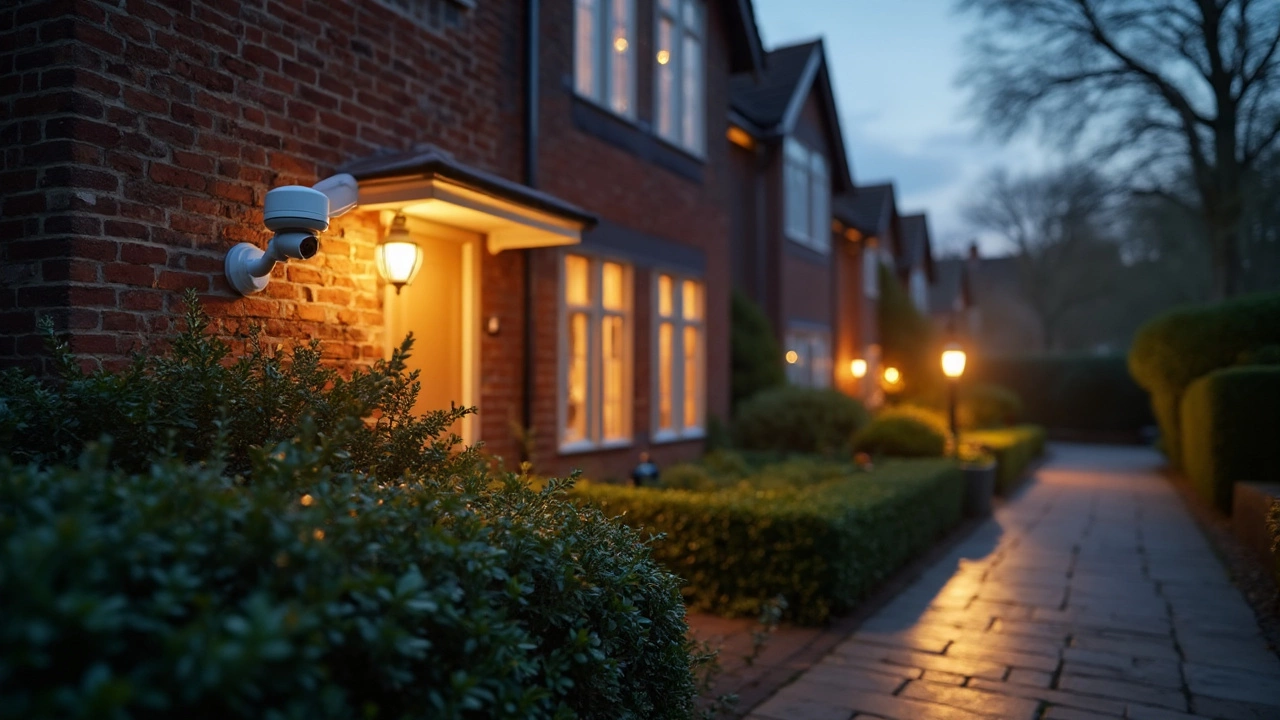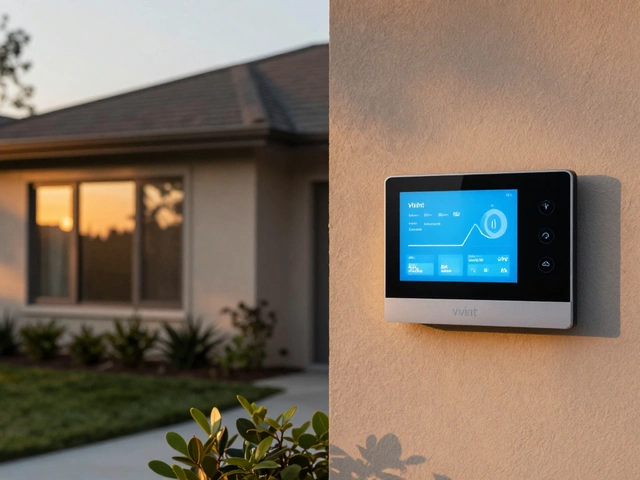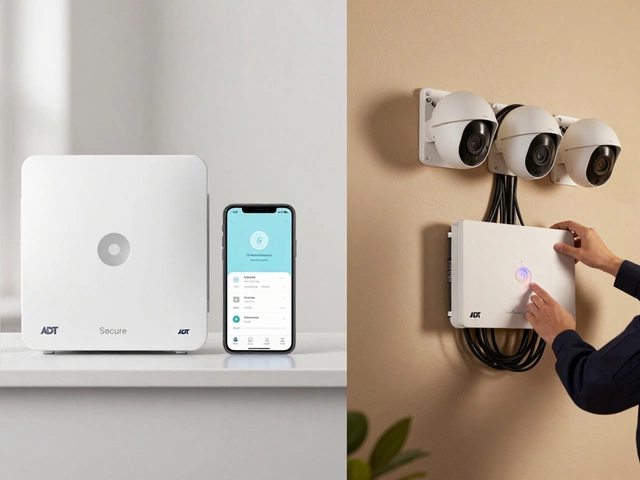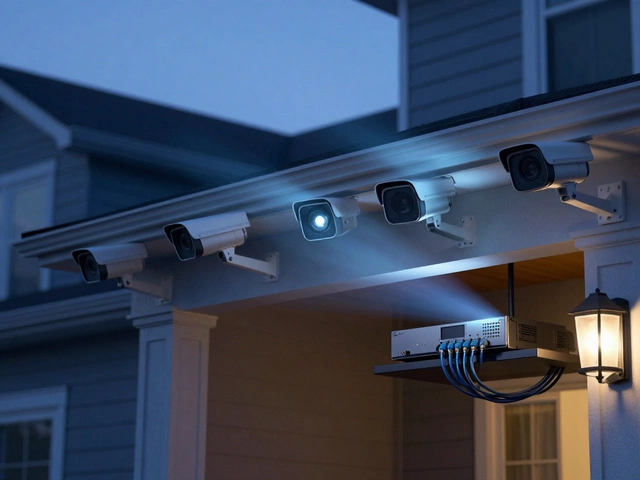Burglar Alarms: What You Need to Know in 2025
Thinking about adding a burglar alarm? You’re not alone. Homeowners across the UK are upgrading their security to stay one step ahead of thieves. In this guide we’ll break down how alarms work, what usually sets them off, and how to pick a system that actually protects you without driving you crazy with false alerts.
How Burglar Alarms Work
At its core an alarm is a network of sensors linked to a control panel. When a sensor detects a disturbance – a door opening, a window breaking, or motion in a room – it sends a signal to the panel. The panel then decides whether to sound a siren, flash lights, or call the monitoring centre. Modern systems use wireless tech, so you don’t need a phone line. They also talk to your smartphone, letting you arm or disarm the system with a tap.
There are three main sensor types you’ll see:
- Door/Window Contacts – tiny magnets that trigger when the magnet moves away.
- Motion Detectors – usually PIR (passive infrared) that pick up heat changes.
- Glass Break Sensors – listen for the specific frequency of breaking glass.
All of these can be mixed and matched, but the key is placement. A sensor stuck in a corner or covered by furniture won’t do its job.
Choosing the Right Alarm for Your Home
First, ask yourself how much you want to spend and how much monitoring you need. If you’re happy checking alerts on your phone, a self‑monitored system may be enough. If you prefer a 24/7 response team, look for a provider that offers professional monitoring with quick police dispatch.
Next, think about false alarms. A common cause is stray pets triggering motion sensors. The solution? Choose dual‑technology motion detectors that combine PIR with microwave detection – they’re far less likely to go off for a cat.
Wiring can be a pain, especially in older homes. Wireless alarm kits are now the norm and can be installed in a day. Just make sure the battery life is solid – most kits promise a year of operation before you need to replace the cells.
Finally, check the local regulations. In some UK council areas, installing an approved alarm can lower your home insurance premium. Look for certifications like BS EN 50131-1 to prove the system meets industry standards.
If you’re still unsure, start with a small package: a couple of door contacts, one motion sensor, and a control panel. Expand later as you get comfortable. Most reputable providers let you add extra sensors without a huge upgrade fee.
Bottom line: a good burglar alarm is a mix of reliable hardware, smart placement, and the right monitoring plan. Take a few minutes to map out entry points, choose sensors that suit your lifestyle, and you’ll have peace of mind without the constant headache of false alerts.







